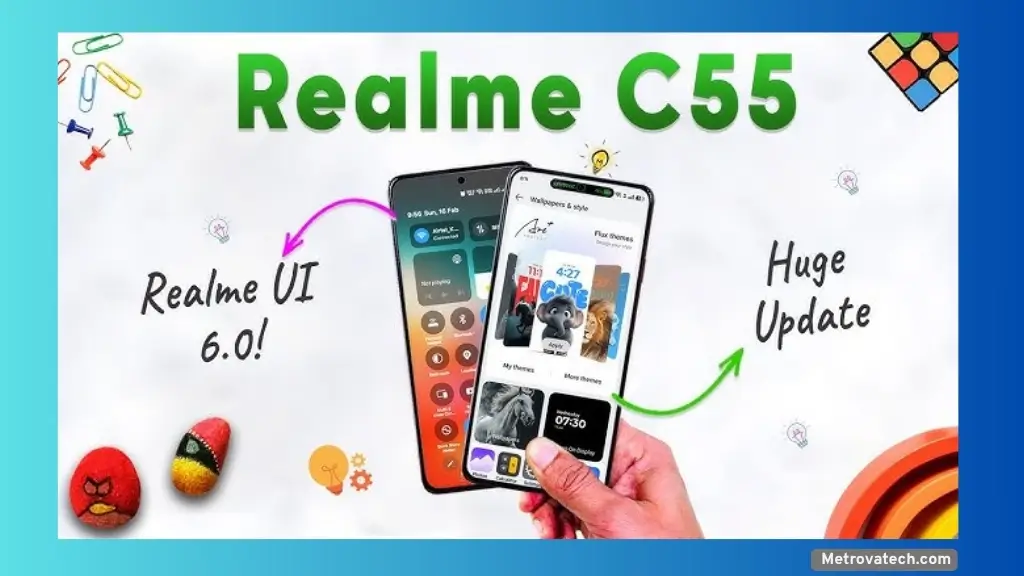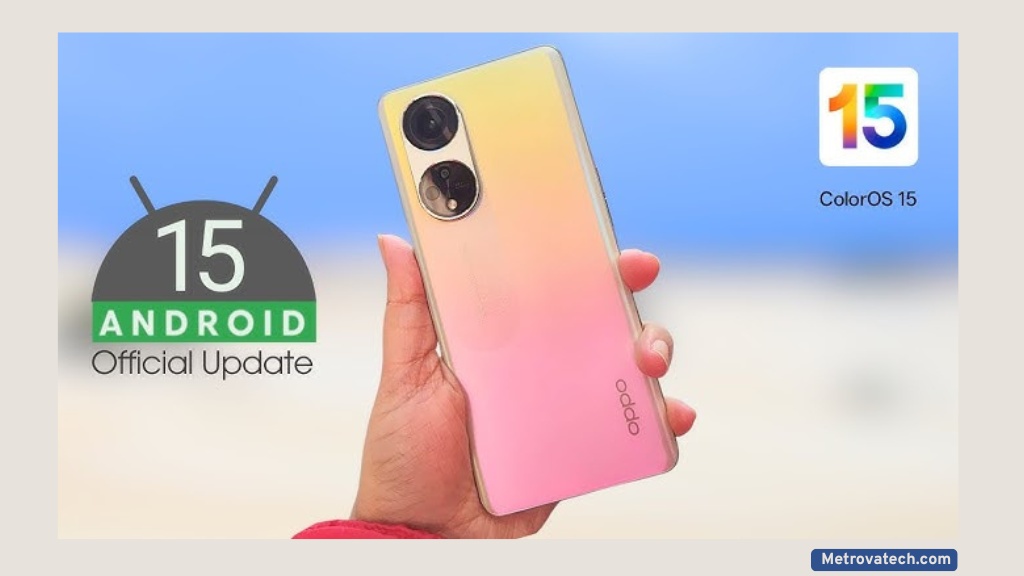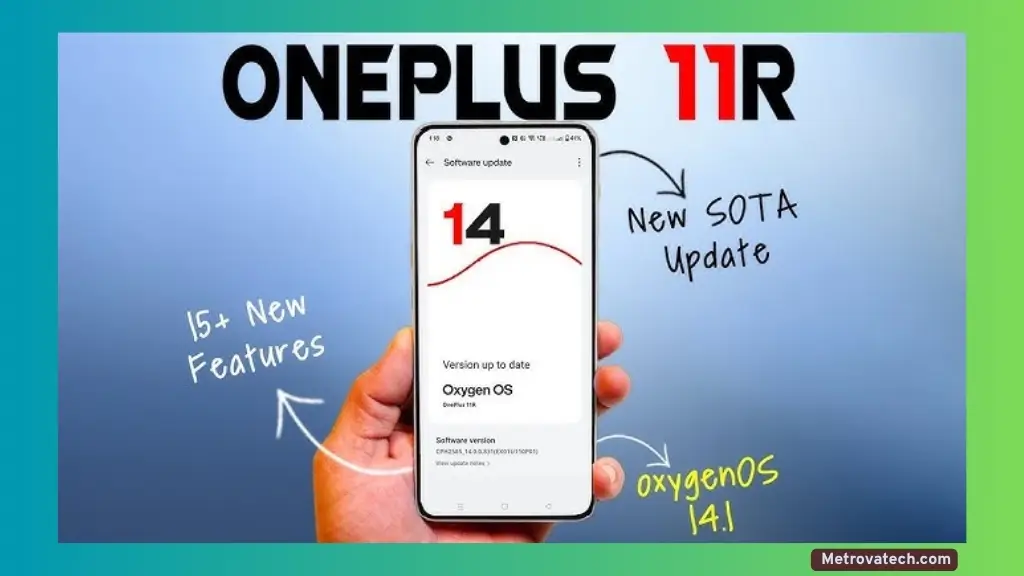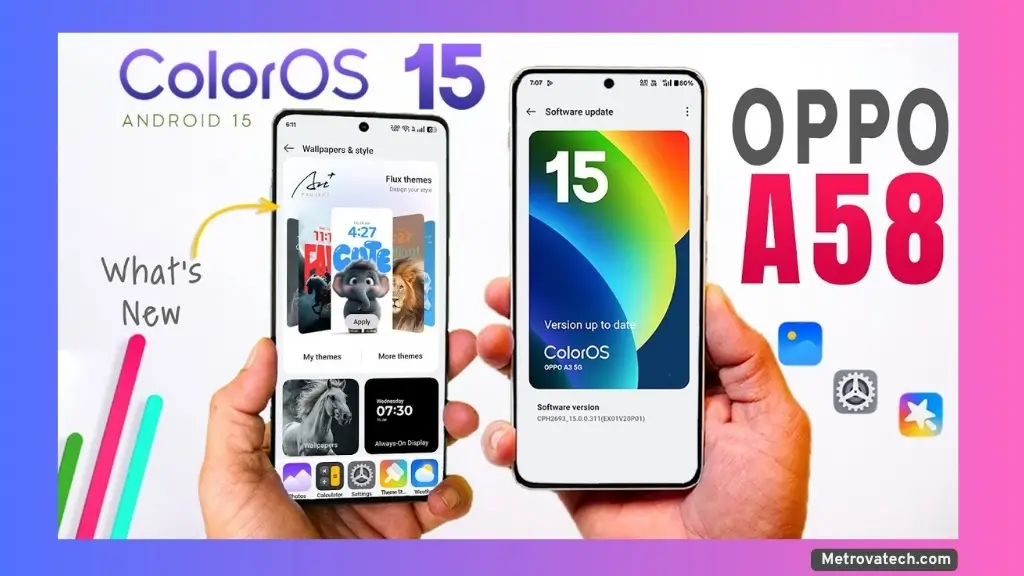For anyone using the Poco X7 Pro, this month’s update packs a lot that’s worth your attention. HyperOS 2.0.100.0 brings not just security tweaks but also visible changes to how you interact with your device daily. I installed the update myself and have explored everything in detail, so here’s my deep dive on what’s new, fixed, and what sadly hasn’t changed.
Whether you’re after better customization, smoother gaming, or bug fixes that matter, stick around—there’s something here for you, and a few things still missing that you’ll want to know about before updating.
Update Installation Details and First Impressions
Getting this update up and running on my Poco X7 Pro felt pretty straightforward. The update, officially marked as HyperOS 2.0.100.0 (or 518 AB), took around 10 minutes to download and install. That’s not bad for a big system update. After the usual reboot, the phone loaded up with the fresh March build.
Home Screen Layout: Smarter, More Customizable Than Ever
The first big, obvious change shows up on the home screen. Before this update, if you jumped into Settings and opened the Home Screen Layout section, you’d find just two options:
- Standard: Icons were spaced normally, filling out the home screen with decent breathing space.
- Dense: This one shifted the icons closer, letting you fit more apps on each page without scrolling.
It was simple, and for the average user, enough. Here’s what you could do:
- Standard: Aimed for visual balance, making each row and column feel roomy.
- Dense: Squeezed in more icons per row but sometimes felt cluttered or harder to see, especially for folks with lots of apps.
Now, after the update, things feel a lot more flexible. The Home Screen Layout section in Settings (just tap More to find it) now lets you pick from three grid options:
- 4×6
- 4×7
- 5×9
Instead of just adjusting the spacing, you can change how many app icons actually appear per row and column. This means you really get to shape the home screen to fit exactly how you use your phone. For example, go with 5×9 if you like having almost every app on your main screen, or stick with 4×6 for a cleaner, less crowded layout.
What’s the real benefit? This gives everyone more control. If you want to fit games, social, work, and utilities—all on your first screen—just pick the right grid. The icons don’t feel squished, and the overall feel is more modern. I like visual order, and I’m glad Poco added this.
Game Turbo Features and Graphics: What’s Changed and What Hasn’t
For gamers, Poco’s Game Turbo is a make-or-break feature. Let’s break down what’s old, what’s new, and what’s (still) missing.
Game Turbo Before the Update
Using Game Turbo on HyperOS before this update, you had access to
- Customizable performance settings for different games
- Voice changer (let’s you mask your voice in-game if you want privacy or just for fun)
- Timer and game-focused UI tweaks for better control
The layout was practical. You could personalize these features for each game so heavy gamers got the most out of the hardware.
What’s New After the Update
I went straight to check if the PUBG (BGMI/Pooc19) gaming experience had improved, especially hoping for 90 fps support. Here’s what I found: The graphics settings for PUBG now let you use Smooth and Extreme modes. These are the same as before.
But here’s the important part:
- Official support for 90 fps is still missing. With the Dimensity 8400 chipset, the hardware is clearly up for it. I expected to see the option in graphics settings, but unfortunately, it’s just not available. As someone who loves super-smooth frame rates during intense gameplay, that stings.
Summary of Graphics Modes:
- Smooth: Supported
- Extreme: Supported
- 90fps: Not supported
If you’re a competitive gamer or just want that snappy, ultra-fluid feel, it’s a letdown. Poco’s hardware is ready, but the software isn’t letting it reach its full potential—at least, not yet.
On the upside, after the update, system animations (like opening, closing, or switching apps) have improved. They feel much smoother. Every swipe and tap responds quickly, and even with several games or apps running, the phone doesn’t get laggy.
Bug Fixes and Daily Performance: Clearer Recents, Fewer Problems
With regular use, one bug came up for a lot of users: after you cleared all your recent apps, some stubborn apps would still stick around. It wasn’t a huge issue, but it made the device feel less reliable.
This update finally addresses it. After installing, clearing recents actually clears everything, every single time. If this ever annoyed you before, you’ll find this small tweak feels like a big improvement.
Improved Animations and General Performance
Day to day, it’s easy to notice that animations are snappier. Whether I’m browsing, launching heavy apps, or multitasking, everything just feels lighter and more in sync. That small feeling of lag—where an app stutters or takes an extra second to pop up—has basically disappeared now.
No new or hidden issues popped up with normal use. In fact, overall phone performance feels like it’s taken a subtle but significant step forward. That’s solid, considering the focus on security and minor features usually means performance stays the same.
Conclusion
Having used the Poco X7 Pro for a while, this big update with HyperOS 2.0.100.0 lands in the sweet spot for me. The March 2025 security patch keeps things safe, and the fresh grid options make my home screen fit my style perfectly. Daily use has gotten a boost—even routine stuff like jumping between apps or closing them out works better now.
Read also.
- HiOS 15 Review 2025 The Smartest Android UI on Tecno Phones
- OPPO F29 Pro Plus 2025: Real Durability and Living With the IP69 Champion
- Realme P3 5G Series Launched Affordable 5G Phones with Flagship Features

Hello! I am Prashant Kumar. Welcome to metrovatech.com! Metrovatech.com serves as the trusted online platform that delivers both mobile updates and smartphone news alongside updates from mobile technology domains.







